
Stretchable graphene conductors for wearable technologies
Replacing metals with environmentally friendly and skin-compatible inks.


Replacing metals with environmentally friendly and skin-compatible inks.

Since graphene’s discovery, researchers have found hundreds of potential applications for this incredibly versatile material. From brain implants to treat neurological disorders, to the next generation of smart textiles, products enabled by graphene and related materials promise to disrupt individuals, industries and societies. In this article, Kari Hjelt, Head of Innovation at the Graphene Flagship, looks at three examples.
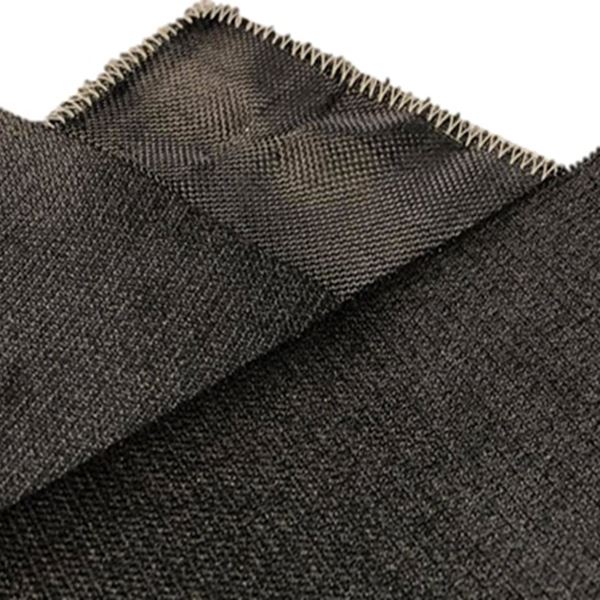
Associate Member Grafren AB develops smart textiles using their newly-patented method to separate high-quality graphene flakes.

Graphene Flagship researchers boost the efficiency of conductive inks and devices connecting layered materials flakes with small molecules

WearGRAPH's graphene-based battery-free wearable electronics are wireless and flexible

We review the successes of six industry-based projects from the previous phase of the Graphene Flagship.
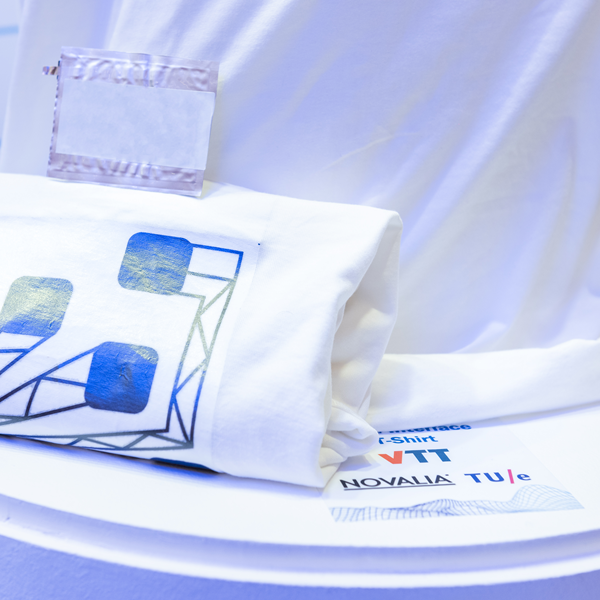
Maria Smolander and Henrik Sandberg from Graphene Flagship partner VTT, Finland, and Daniel Neumaier from Graphene Flagship partner AMO, discuss the potential of graphene-based wearable electronics to shape the future of personal devices.
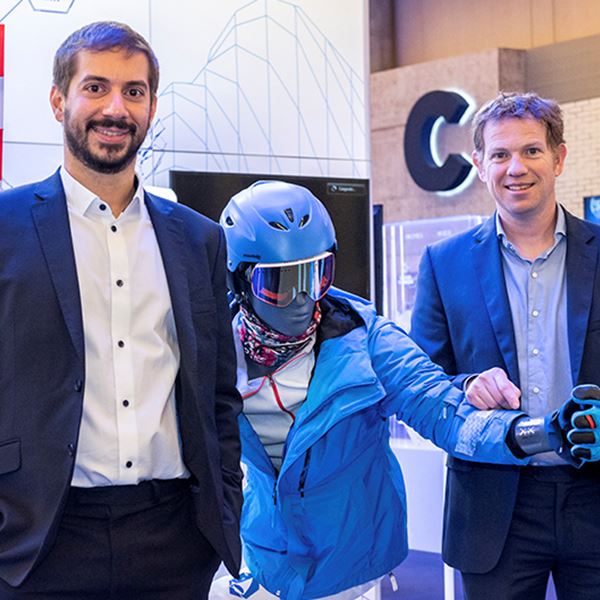
Dubbed as the 'year of wearables', 2014 witnessed a surge in wearable technology for health applications and, since then, the rate at which products are released has not slowed down.
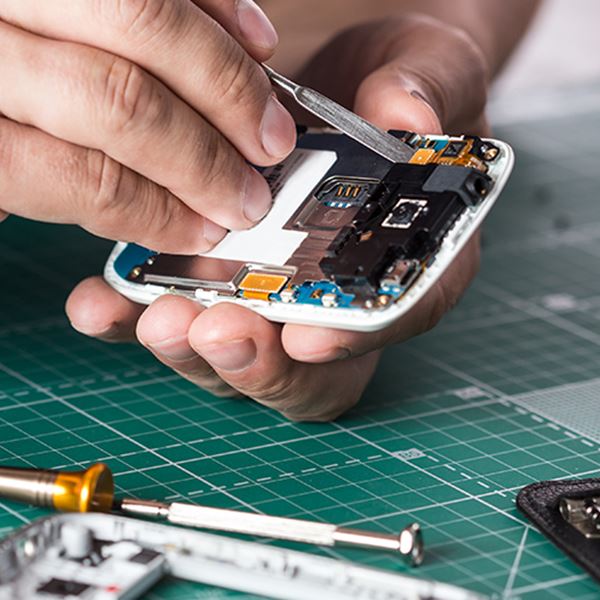
A team of scientists at Graphene Flagship partners have exploited the ultra-thin and highly conductive properties of graphene to develop an extremely small accelerometer with exceptional sensitivity.

Henrik Sandberg, Graphene Flagship business developer, speaks about the flexible and wearable applications of graphene

The Graphene Flagship's Spotlight explores the experience of the researchers behind the results. Lucia Lombardi has been involved in many different projects during her PhD. She spoke to the Graphene Flagship about how she balances her research.
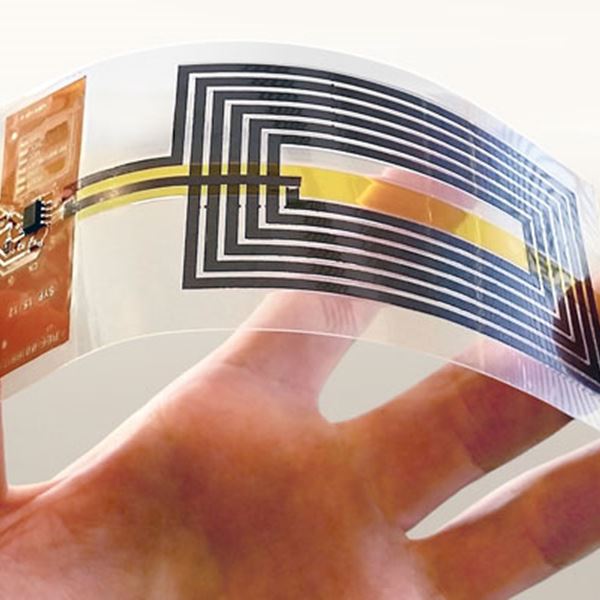
As well as being the thinnest, strongest and lightest known material, graphene is flexible, impermeable and extremely electrically and thermally conductive. All properties well suited for next generation NFC antennas.
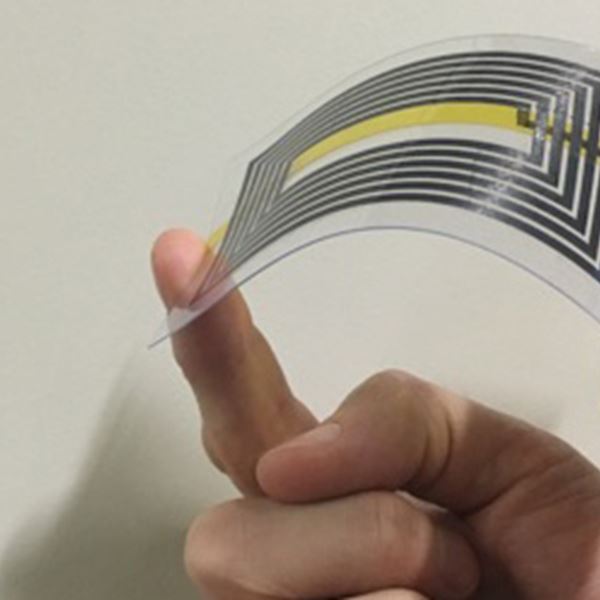
Work Package 8, Flexible Electronics (WP8), is devoted to what the Graphene Flagship describes as the next ubiquitous platform for the electronics industry. Graphene – a thin, flexible, ultra-strong and highly conductive film – is an obvious choice for flexible electronics. This 2d material will enable a wide range of applications, in a way similar and complementary to silicon technology. Work package leader is Stefano Borini of Nokia Technologies in Cambridge, and deputy Sebastiano Ravesi of STMicroelectronics in Catania.